Sustainable Communities

Two researchers in the Mississippi Agricultural and Forestry Experiment Station are finding ways to leverage Twitter in order to improve communication during disasters. Dr....
Read More

At the MAFES Trucks Crops Branch Experiment Station, Mississippi State University scientists have cultivated the
Ornamental Trial Garden to determine which plants are top ...
Read More

Dr. Caroline Kobia, assistant professor in the School of Human Sciences and Dr. Charles Freeman, associate professor in
the School of Human Sciences, sought to identify Mis...
Read More
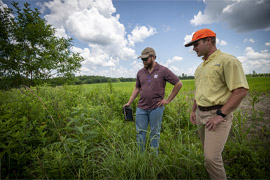
Dr. Mark McConnell, assistant professor in the Department of Wildlife, Fisheries and Aquaculture in the College of
Forest Resources and scientist with MAFES and the Forest...
Read More
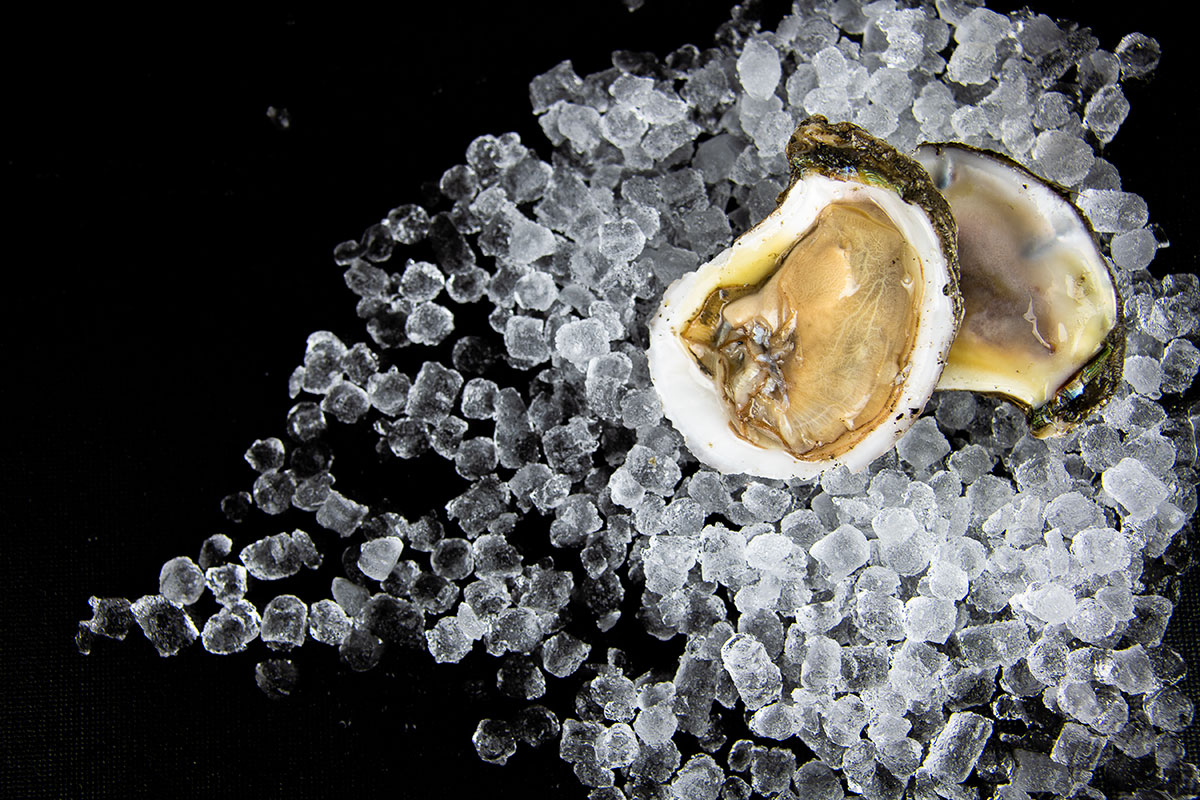
Dr. Dan Petrolia, MAFES scientist and associate professor in the Department of Agricultural Economics, collaborated with Dr. William Walton, associate professor and extensi...
Read More
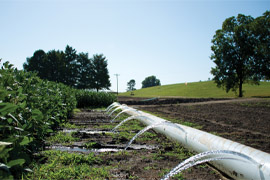
Mississippi leads the nation in dependence of ground water-84 percent of our freshwater supply comes from groundwater
according to the American Geosciences Institute-an...
Read More
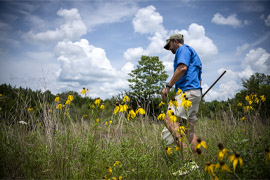
Dr. JoVonn Hill, a MAFES scientist and assistant professor in the Department of Biochemistry, Molecular Biology,
Entomology and Plant Pathology, has discovered a little ov...
Read More
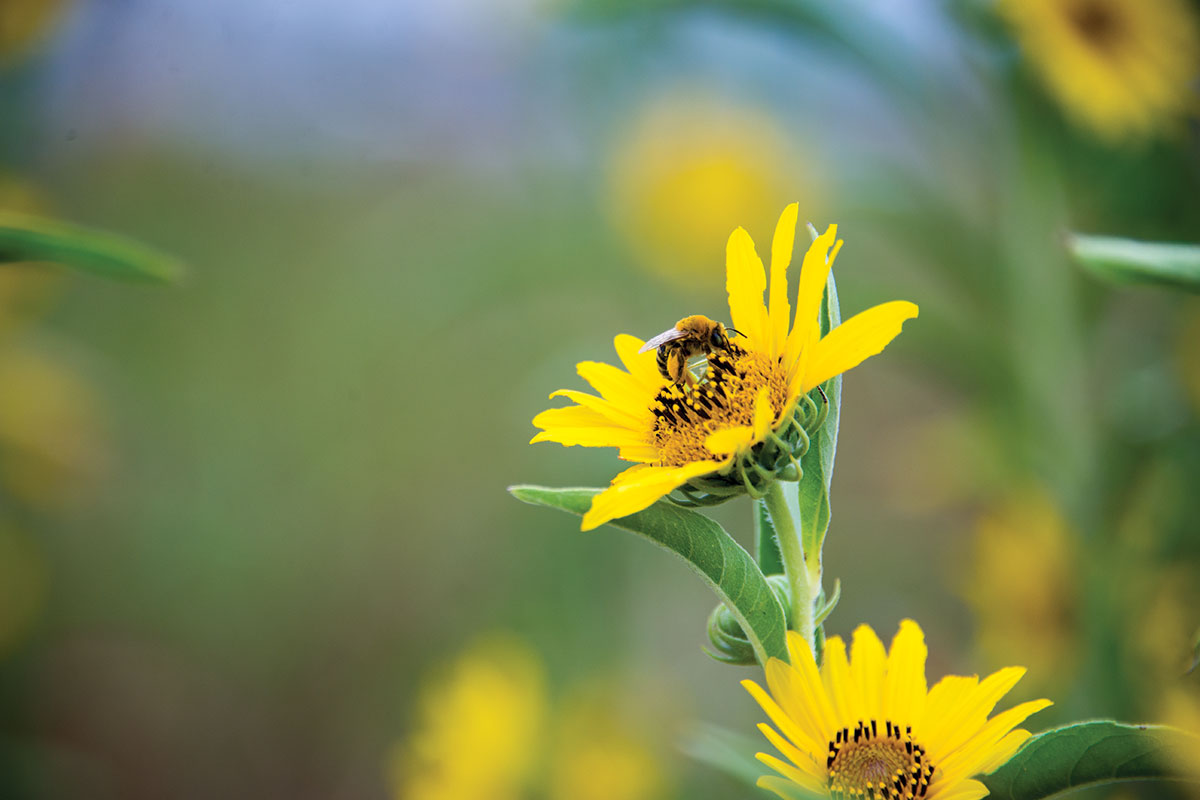
A Toyota Corolla rolls off the assembly line every 73 seconds at the plant in Blue Springs, Mississippi. But for the automobile manufacturing plant, building cars is not it...
Read More
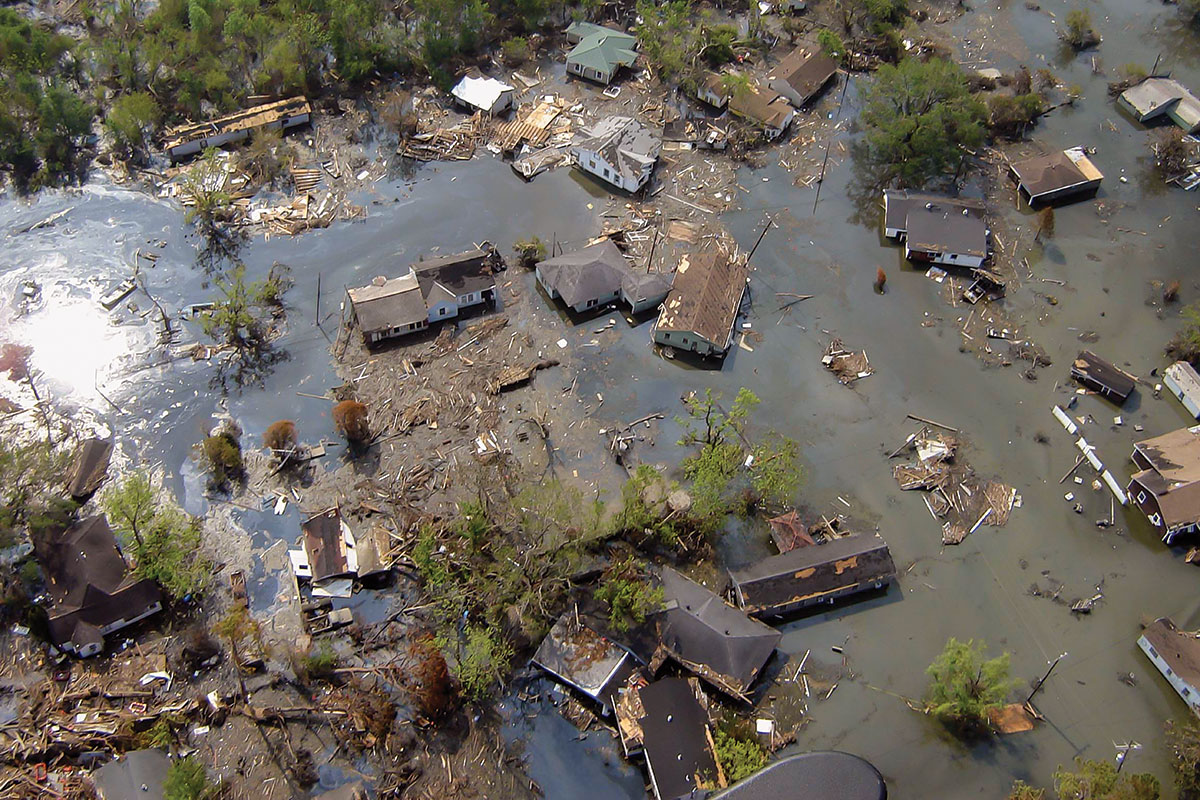
Living close to the ocean has many perks-until storm clouds loom on the horizon. Hurricanes pose severe threats to homes along the coast, as they can cause both flood and w...
Read More
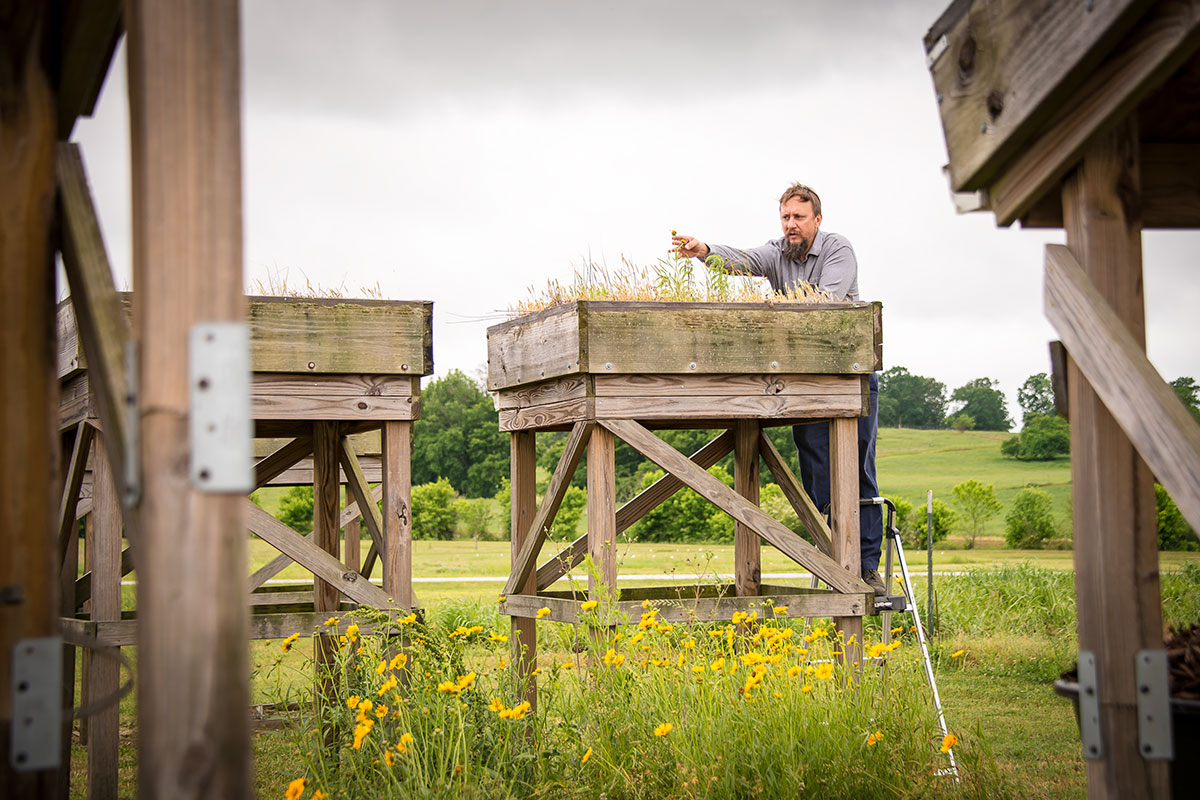
The shingled, asphalt roofs that adorn most buildings aren't expected to do much besides protect us from the elements. In contrast, a green roof, defined as a building roof...
Read More
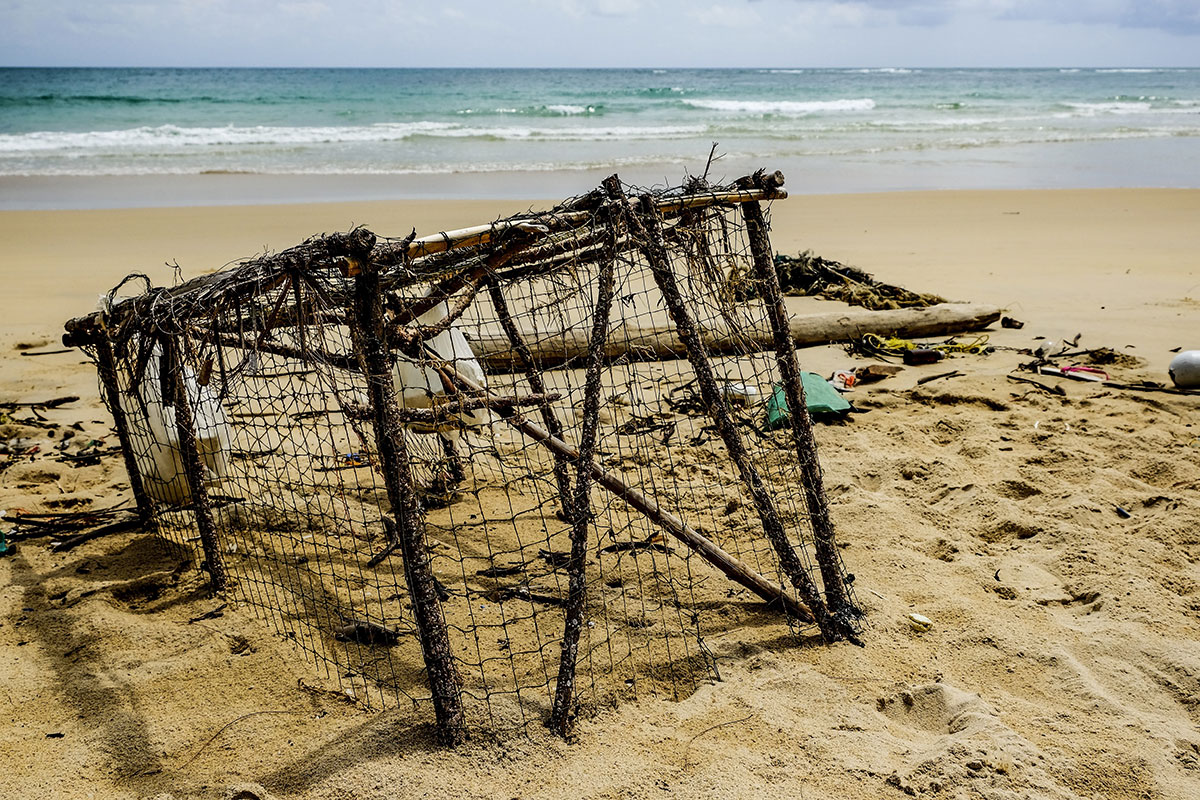
Drs. Benedict "Ben" Posadas and Mark Woodrey, MAFES scientists stationed at the Coastal Research and Extension Center in
Biloxi, are researching how the marine d...
Read More
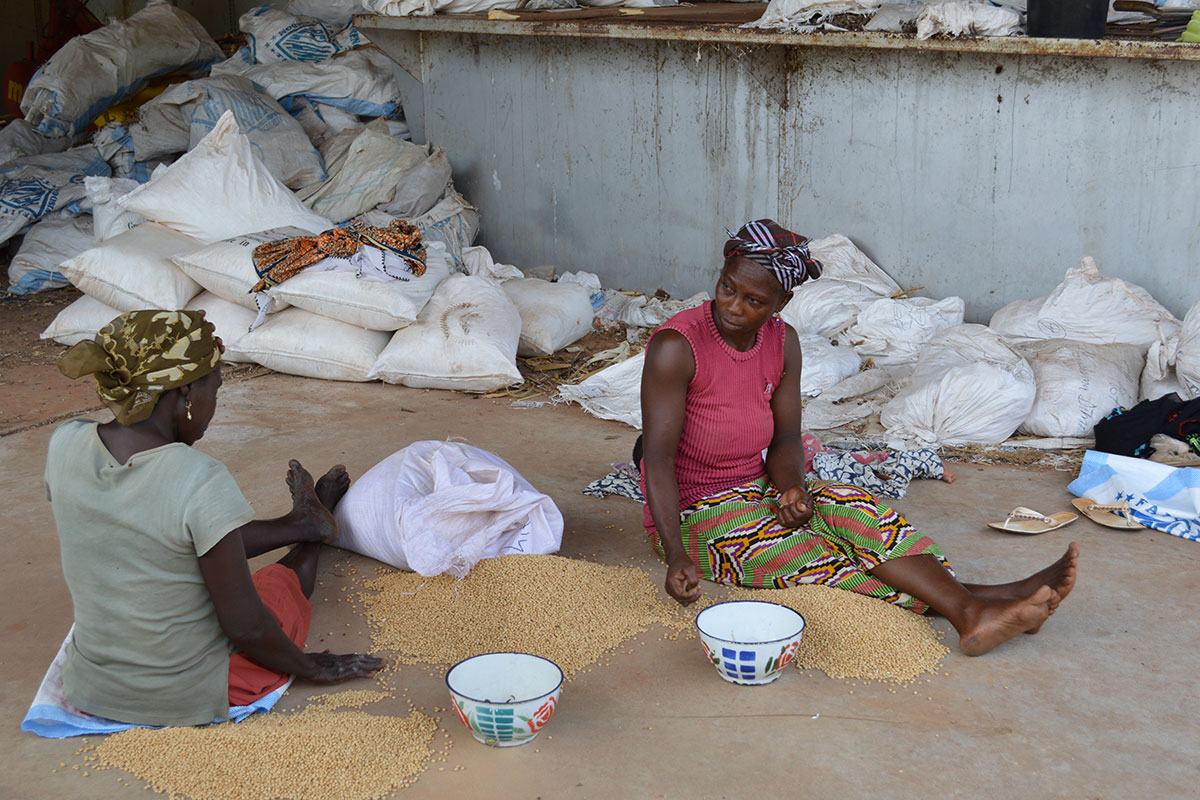
George Awuni understands food insecurity firsthand. A native of Ghana, in sub-Saharan Africa, Awuni has seen what the scarcity of food does to a community and a nation. He ...
Read More
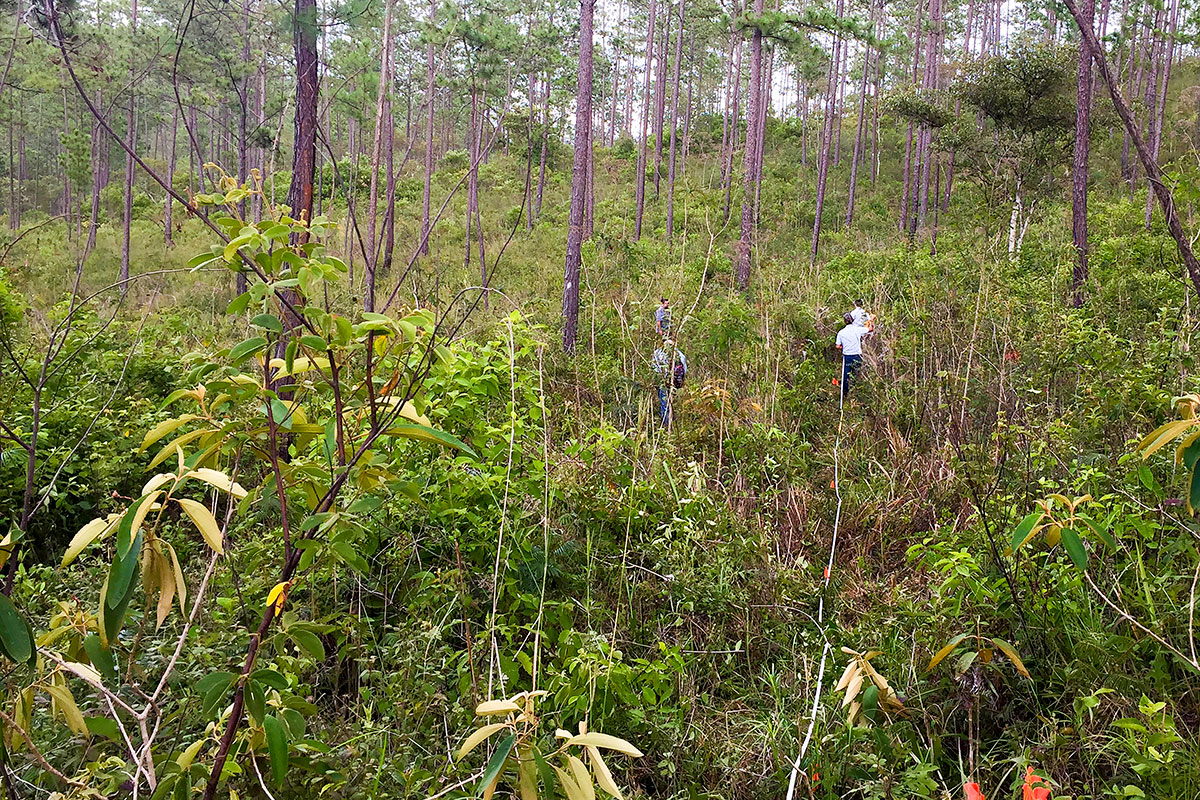
Currently, the Magnolia State is experiencing its worst pine beetle outbreak in more than 30 years with more than 4,000 spots throughout the state's forests infested with t...
Read more
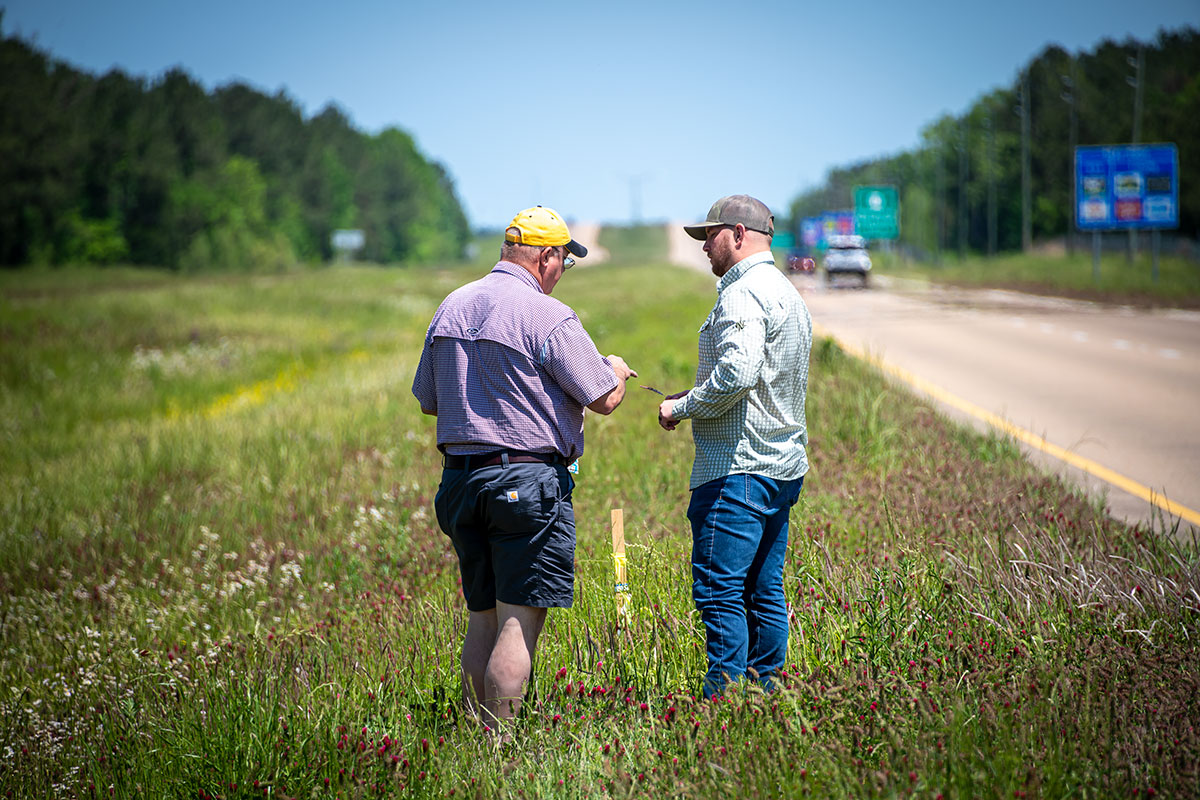
Mississippi Agricultural and Forestry Experiment Station (MAFES) scientists work with the Mississippi Department of
Transportation, or MDOT, to keep highways right side of...
Read More
